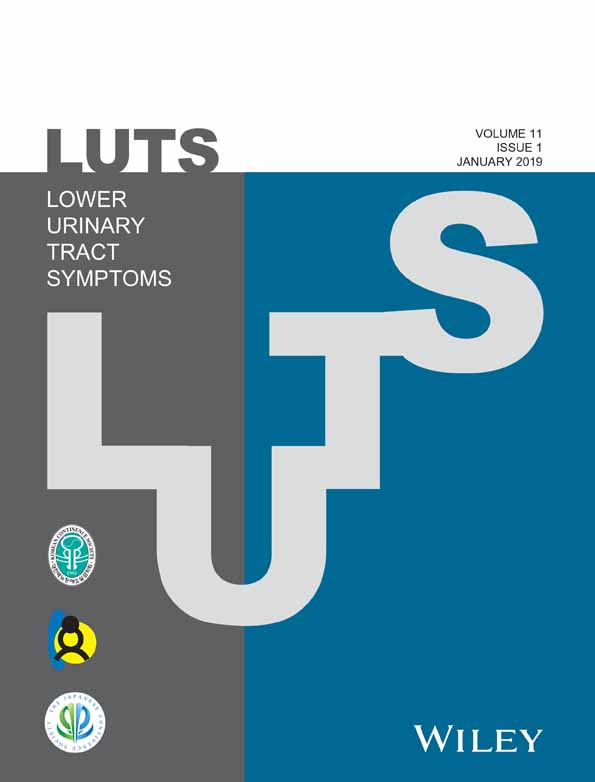Female bladder outlet obstruction: Common symptoms masking an uncommon cause
Abstract
Objective
Bladder outlet obstruction (BOO) in women remains an underdiagnosed condition. Although diagnosed rarely in general urologic practice, its incidence in specialist centers has been reported to be up to 29%. In the present study we evaluated the incidence of female BOO in adult women referred for evaluation of lower urinary tract symptoms or urinary incontinence, assessing its etiology and correlating this with its clinical presentation.
Methods
The present study consisted of a retrospective review of a prospectively acquired videourodynamic database of 1142 consecutive women referred for evaluation of lower urinary tract symptoms (LUTS) or urinary incontinence from March 2007 to December 2012 and diagnosed with BOO. After exclusions, data from 1014 patients were analyzed. BOO was defined using a combination of radiographic evidence of obstruction during the voiding phase of the urodynamic study and pressure–flow criteria (Solomon–Greenwell nomogram). Diagnosis was confirmed by cystoscopy, maximal urethral closure pressure, and magnetic resonance imaging as clinically indicated.
Results
In all, 192 women (19%) were diagnosed with BOO. Functional sphincteric obstruction was diagnosed in 70 women (36%). The most common anatomical cause of BOO was previous anti-incontinence surgery, followed by urethral stricture, diagnosed in 21% and 20% of patients, respectively. The most common presenting symptoms were storage phase symptoms of daytime and night-time urinary frequency.
Conclusions
BOO was present in 19% of women with LUTS. Functional sphincteric obstruction was the most common cause (36%), followed by obstruction after anti-incontinence surgery (21%). The most common presenting symptom was daytime urinary frequency. BOO should be suspected in women with refractory LUTS, especially those presenting with urinary frequency.




